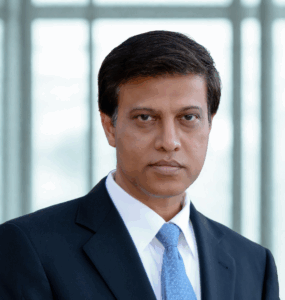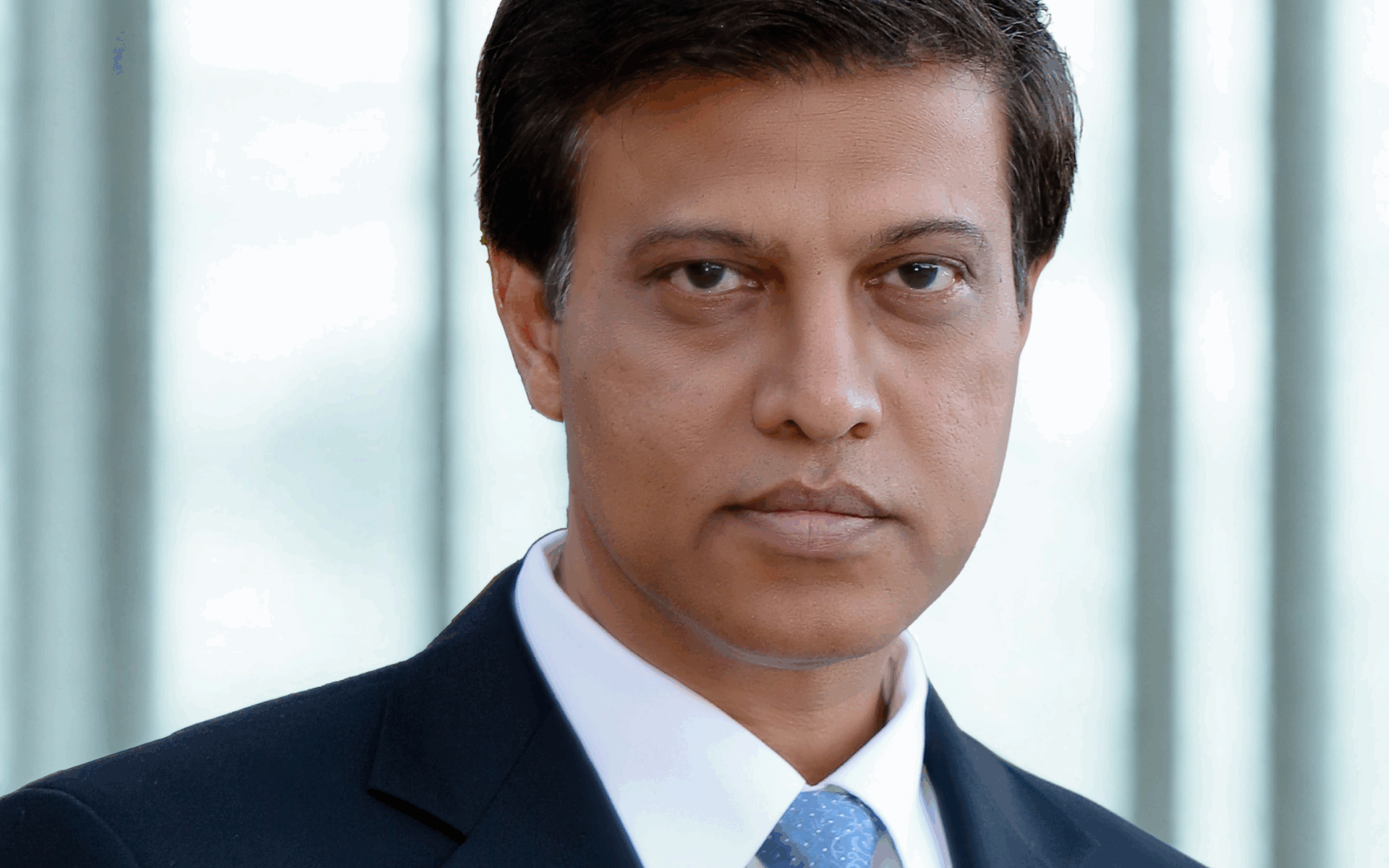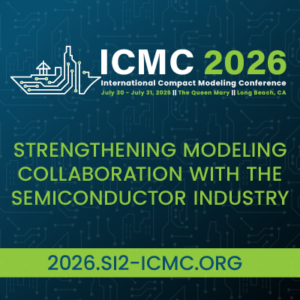
Avi Madisetti is the CEO and Founder of Mixed-Signal Devices, a fabless semiconductor company delivering multi-gigahertz timing solutions. A veteran of Broadcom and Rockwell Semiconductor, Avi helped pioneer DSP-based Ethernet and SerDes architectures that have shipped in the billions. He later co-founded Mobius Semiconductor, known for ultra-low power ADCs, DACs, and transceivers used in commercial and defense systems. At Mixed-Signal Devices, Avi is now advancing femtosecond-level jitter and scalable CMOS architectures to power next-gen AI datacenters, 5G infrastructure, and automotive platforms.
Tell us about your company.
At Mixed-Signal Devices, we’re reinventing timing for the modern world. From AI data centers to radar, 5G base stations to aerospace systems, today’s technologies demand timing solutions that are not only ultra-fast but also programmable, scalable, and rock-solid under extreme conditions. That’s where we come in.
We’re a new kind of timing company, founded by engineers who have built foundational technologies at companies like Broadcom. We saw that conventional clock architectures—especially legacy quartz and analog PLL-based designs—were no longer scaling with system demands. We created something different: a digitally synthesized, CMOS-based timing platform that combines the precision of crystals with the flexibility of digital design.
Our patented “Virtual Crystal” architecture enables multi-gigahertz performance with femtosecond-level jitter and sub-Hz frequency programmability. It’s all built on silicon, optimized for integration, and designed to simplify clock architectures from day one.
What problems are you solving?
Modern electronic systems are running faster, hotter, and more complex than ever. Whether you’re trying to scale a GPU fabric in an AI data center or coordinate coherent RF signals in a phased array radar, timing precision becomes the bottleneck. Traditional clocking solutions weren’t built for this world.
We solve that by eliminating the analog limitations. Our all-CMOS digital synthesis platform delivers low-jitter, low-phase-noise clocks at up to 2 GHz, without bulky crystals or noisy PLLs. And because we built our own DAC architecture and waveform engine, we’ve eliminated the spurs and drift that plague conventional solutions.
Whether it’s deterministic synchronization across a rack, reference clock cleanup for PCIe or SerDes, or generating clean LOs for high-speed converters, our portfolio is built to meet the needs of engineers building the world’s most advanced systems.
What are your strongest application areas?
We’re seeing strong traction in four key segments:
- AI Infrastructure – Our clocks and synthesizers support ultra-low jitter and precise synchronization for GPU/CPU boards, optical modules, SmartNICs, and PCIe networks.
- Wireless Infrastructure and 5G/6G – Our jitter attenuators and oscillators provide reference cleanup and deterministic timing for fronthaul/midhaul networks.
- Defense and Radar – Our RF synthesizers with phase-coherent outputs are ideal for beamforming, MIMO, and SAR systems.
- Test & Measurement / Instrumentation – Engineers love our digitally programmable, wideband signal sources for high-speed converter testing and system prototyping.
What keeps your customers up at night?
They’re building faster systems with tighter timing and synchronization margins—and legacy clocking just isn’t cutting it. As Ethernet speeds scale to 800G and 1.6T, and new modulation schemes like PAM6 and PAM8 take hold, they’re running into noise, jitter, and skew problems that conventional architectures can’t overcome.
They also worry about integration and supply chain predictability. We address both by delivering clock products that are smaller, programmable, and available in standard CMOS packages. That means fewer components, easier integration, and better reliability—even across temperature and voltage swings.
How do you differentiate from other timing companies?
Mixed-Signal Devices is the first company to combine the best of digital synthesis, high-performance DACs, and BAW-based timestamping into a single, scalable clocking platform. Our “Virtual Crystal” concept gives you phase noise commensurate with high-frequency fundamental mode crystals, crystal-like stability, but with digital programmability and sub-Hz resolution. And our femtosecond jitter performance rivals—and in many cases exceeds—the best quartz and PLL-based solutions.
We’re not retrofitting old designs. We built our architecture from the ground up to meet modern demands. That means our products are clean, simple, and powerful—ideal for engineers who don’t want to patch together three chips when one will do.
What new products are you most excited about?
We just launched the MS4022 RF Synthesizer, a digitally programmable wideband source with output up to 22 GHz and jitter as low as 25 fs RMS. It’s phase-coherent, and can lock to anything from a 1 PPS GPSDO to a 750 MHz reference. It’s a game-changer for radar, wireless, and test equipment.
We’ve also introduced the MS1130 and MS1150 oscillators and MS1500/MS1510 jitter attenuators, supporting frequencies up to 2 GHz and jitter as low as 19 fs. These are already being evaluated in AI compute fabrics and 5G radio access networks. Everything is built on our same core architecture—clean signals, robust programmability, and compact form factors.
How do customers typically engage with your company?
We work closely with design teams, often from first concept through final product. Our solutions are used by some of the most advanced engineers in radar, compute, networking, and defense, and they’re looking for a partner who understands both the signal chain and the system-level challenges.
We also work through select distributors and field engineers, so customers can get hands-on support quickly and scale into volume smoothly. Whether it’s early-stage sampling or joint product validation, we aim to be a true technical partner, not just a vendor.
How do you see timing evolving, and what role will Mixed-Signal Devices play?
Timing is becoming the next system bottleneck. As systems scale to higher speeds (for example 1.6T networking), timing solutions must become faster, cleaner, and more deterministic. Legacy analog solutions can’t keep up. Mixed-Signal Devices is creating a new category of timing, one that’s digital at its core, programmable by design, and scalable with Moore’s Law. We believe the future of timing is fully synthesized, digitally defined, and built to unlock the next generation of compute, communications, and autonomy. That’s the future we’re building, and we’re just getting started.
Also Read:
CEO Interview with Andrew Skafel of Edgewater Wireless
CEO Interview with Jutta Meier of IQE
Executive Interview with Ryan W. Parker of Phononic Inc.
Share this post via:








Quantum Computing Technologies and Challenges